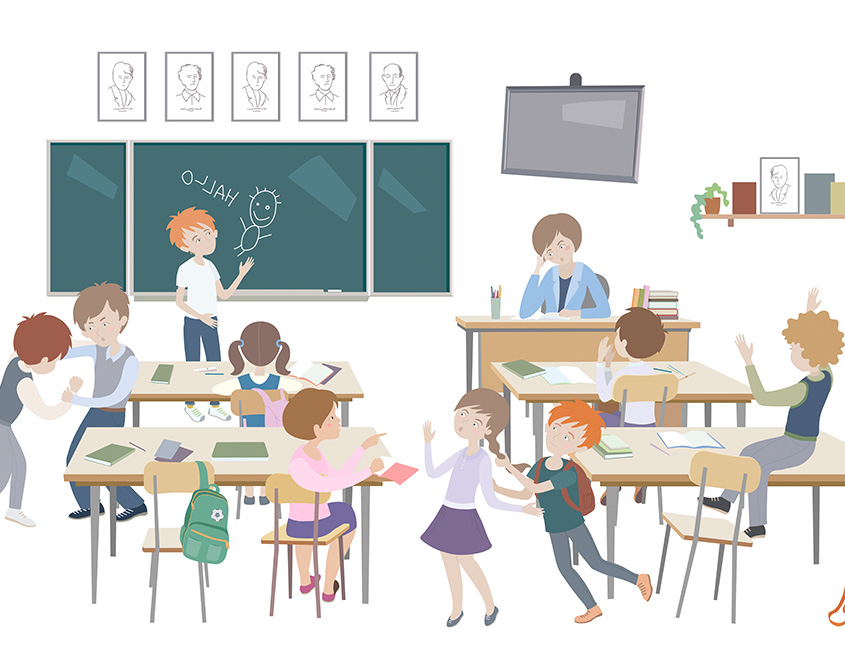Education is often seen as a structured process where students learn core subjects like math, science, history, and literature. However, beyond these official lessons exists a “hidden curriculum”—a set of unspoken, informal lessons that schools impart to students. These lessons shape behavior, social norms, and values, often without students, parents, or even teachers fully realizing their impact.
Understanding the Hidden Curriculum
The hidden curriculum comprises the implicit messages and values conveyed through school culture, policies, and teacher-student interactions. Unlike the deliberately taught official curriculum, the hidden curriculum operates in the background, subtly influencing students’ perspectives on authority, competition, cooperation, and social hierarchies.
Social Norms and Behavior
One of the hidden curriculum’s most pervasive aspects is enforcing social norms. Schools teach students how to behave in structured environments—raising hands to speak, following schedules, and adhering to rules. While these skills help maintain order, they also instill an expectation of conformity and obedience to authority.
Moreover, schools often reinforce gender roles and expectations through classroom interactions and extracurricular activities. For example, boys might be encouraged to pursue sports, while girls may be directed toward activities emphasizing cooperation and caregiving. These subtle reinforcements shape students’ perceptions of their roles in society.
Competition vs. Collaboration
Schools often emphasize competition, from grading systems to sports and academic rankings. While competition can motivate students to excel, it can also create stress and a fear of failure. Additionally, an overly competitive environment may discourage cooperation and teamwork, skills that are essential in real-world workplaces and communities.
On the other hand, some schools promote collaboration through group projects and cooperative learning methods. These experiences teach students the importance of working with others, problem-solving, and negotiation—valuable skills that extend beyond academics.
Economic and Social Stratification
The hidden curriculum also perpetuates social and economic divisions. Students from affluent backgrounds may access better resources, extracurricular activities, and advanced courses, while underprivileged students may receive fewer opportunities. Additionally, subtle messages about class differences are reinforced through school dress codes, social cliques, and teacher expectations.
For instance, students in lower-income schools may be conditioned to follow instructions and prepare for blue-collar jobs. At the same time, wealthier districts may be encouraged to develop leadership skills and aim for prestigious careers. These disparities shape students’ future aspirations and career paths.
The Role of Educators and Parents
Awareness of the hidden curriculum allows educators and parents to address its unintended consequences. Teachers can actively promote inclusivity, critical thinking, and self-expression, ensuring all students have equal opportunities to succeed. Parents can also play a role by discussing these unspoken lessons with their children, encouraging them to question societal norms and expectations.
Conclusion
The hidden curriculum is an unavoidable part of the education system, shaping students’ beliefs, values, and behaviors in ways that go beyond textbooks. By recognizing its influence, educators and parents can work toward creating a more equitable and reflective learning environment that not only teaches academic subjects but also fosters critical thinking, inclusivity, and social awareness.




